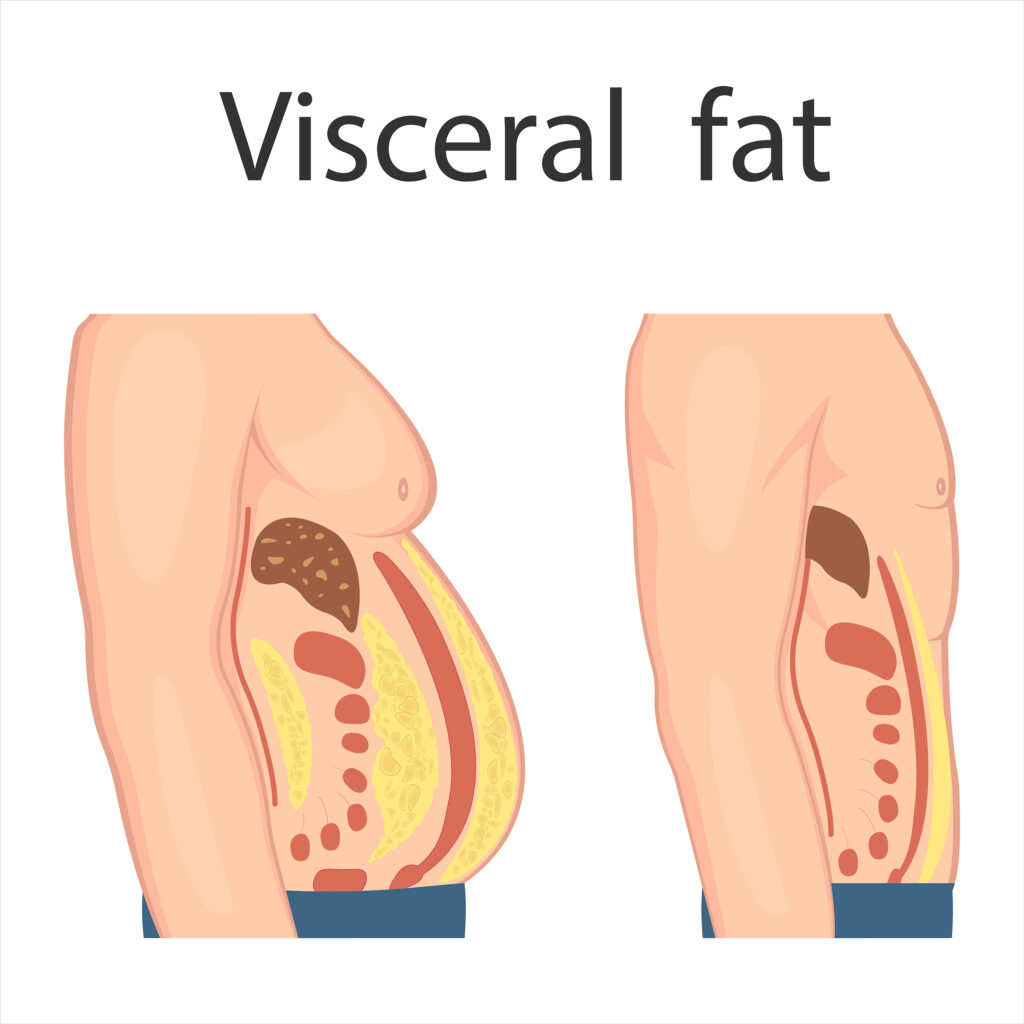Arq. Bras. Cardiol. 2025; 122(1): e20240466
Understanding the Link between Visceral Fat and Heart Health
I read with interest the paper “Resting Heart Rate Variability is Independently Associated with Visceral Fat Rating Scores in Saudi Adult Males” by Syed Shahid Habib et al., published in ABC Cardiolcomparing heart rate variability (HRV) in 99 healthy men stratified by visceral fat rating (VFR) and showing associations between HRV and body composition metrics, but I have some reservations.
Heart rate variability has been demonstrated as a convenient method for assessing individual homeostatic status. Attempts to establish reference values according to age group and degree of impairment have been numerous in the specialized literature since the launch of the Task Force in 1996.– Among the most studied HRV variables are the standard deviation of normal RR intervals (SDNN) and the Root-mean square of successive differences (RMSSD) in the time domain and Low-Frequency power (LF ms2) and High-Frequency power (HF) in addition to the LF/HF ratio, in the frequency domain. These were exactly the variables studied by Habib and collaborators, concluding that men in the lowest visceral fat rating category (G1) had the highest HRV. Visceral Fat Rating was more strongly associated with HRV than body fat percentage and muscle mass to visceral fat ratio (MMVFR). Time domain parameters were more sensitive to visceral adipose tissue (VAT) than frequency domain parameters. They conclude by saying that HRV parameters could be the primary parameters of interest in monitoring cardiac-autonomic status in response to interventions targeting VAT reduction. These are all relevant points but there was a crucial problem in the presentation of this study. The HRV values cited in the results must have suffered a typing error as they are completely incompatible with the reference ranges.
[…]
Keywords: Autonomic Nervous System; Heart Rate; Intra-Abdominal Fat
1,434

